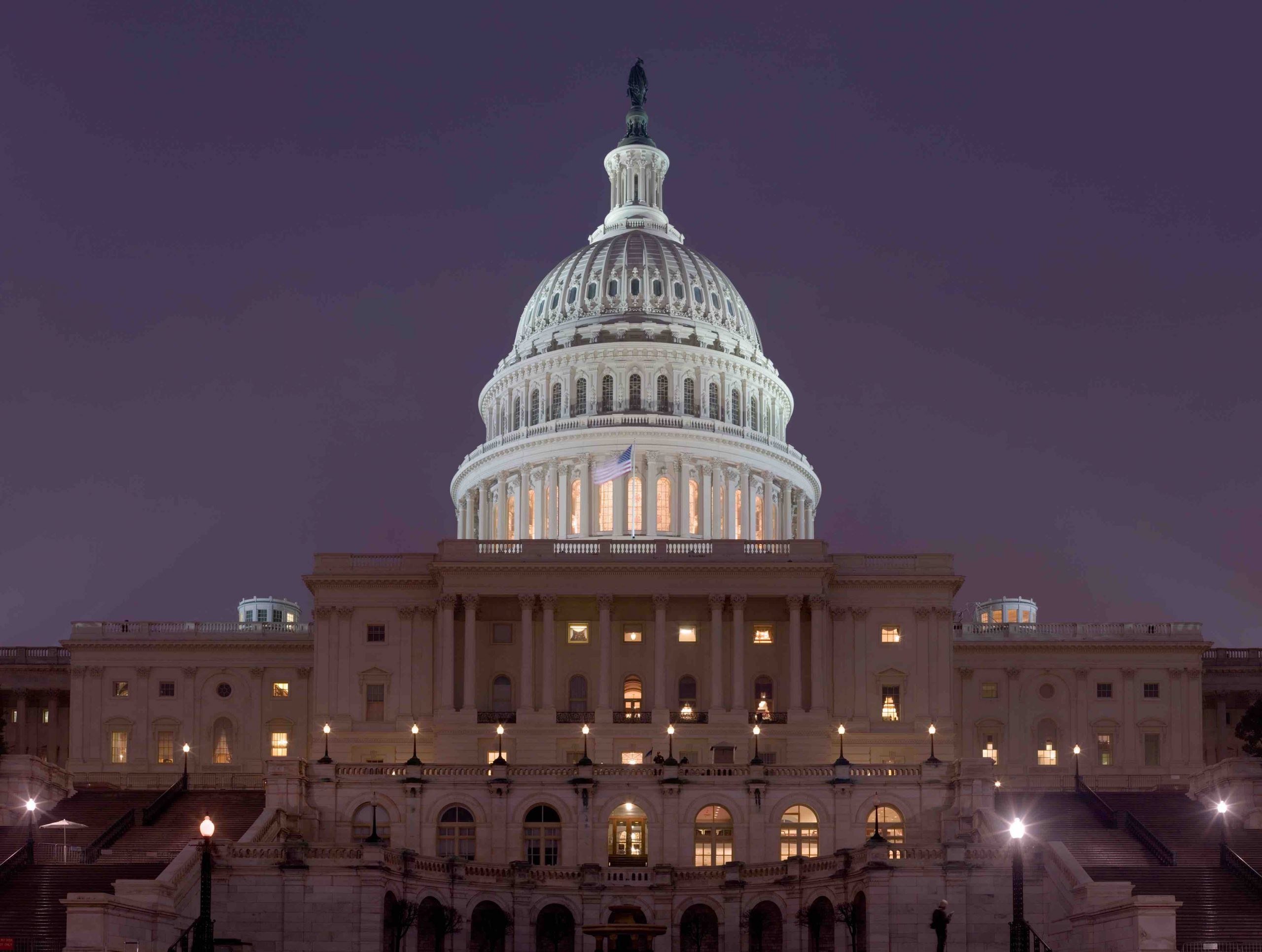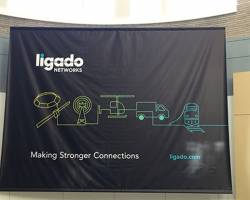When most were focused on the transition of power in the White House, the day before the Inauguration and the very last day in office for the outgoing party, the FCC denied a petition to stay (delay) the Ligado Networks deployment of a low-power nationwide network interfering with the GPS signal.
On January 19, the Federal Communication Commission (FCC) issued an order denying the National Telecommunications and Information Administration (NTIA) Stay Petition in the Ligado Networks LLC (Ligado) matter.
That petition had requested that the FCC stop Ligado from continuing work in furtherance of its April 2020 authorization allowing the deployment of a low-power terrestrial nationwide network in the L-band. This latest allows Ligado to press on, as they have already been doing. What it did not do was address the NTIA’s Petition for Reconsideration which seeks a relook at the original approval.
The big deal is that the FCC addressed the merits of NTIA’s recon arguments in this latest smackdown, and wasn’t buying what other branches of the government were selling.
How does this bode for NTIA and others, including the Department of Defense (DOD), who assert Ligado’s net will interfere with mission-critical GPS and have petitioned for a Ligado redo? Hard to tell, particularly with a new executive team at the helm and Congressionally-directed interference studies pending.
The Recap
Ligado and its network have been in play for decades. The short of it: in April 2020, the FCC authorized Ligado to deploy a low-power terrestrial nationwide network in the 1526-1536 MHz, 1627.5-1637.5 MHz, and 1646.5-1656.5 MHz portions of its license in the mobile satellite services (MSS) L-band allocation. Other government departments— many of them—say it will interfere with GPS. For previous IG Ligado historical coverage see: https://insidegnss.com/ligado-soars-over-another-obstacle-to-5g-domination/.
In May 2020, NTIA filed petitions to stay the FCC’s Ligado order and for the FCC to reconsider it. They did so on behalf of several federal agencies including DOD, the Departments of Transportation, Homeland Security, Commerce, Energy, Justice, the National Aeronautics and Space Administration and the Federal Aviation Administration (FAA). An impressive bunch.
Along the way, multiple other organizations jumped on board with NTIA’s position. The FCC’s recent order mentions only a few, but in total they come to a round 75: corporations, industry associations and more.
Congress also weighed in through the 2021 National Defense Authorization Act (NDAA). NDAA Section 1661(b)(1) prohibits DOD expenditure of appropriated funds “relating to conducting technical or information exchanges with the entity that operates the commercial terrestrial operations” in the 1526-1536 MHz, 1627.5-1637.5 MHz, or 1646.5-1656.5 MHz band (read: Ligado).
Section 1664 of the NDAA prohibits DOD from spending such funds unless it “submits to the congressional defense committees an estimate of the extent of covered costs and the range of eligible reimbursable costs associated with harmful interference resulting from” the FCC’s Order to the DOD’s GPS system. This estimate is to result from a yet-to-occur independent technical review by the National Academies of Science, Engineering, and Medicine.
For IG coverage of the 2021 NDAA Ligado provisions and the NTIA’s December 2020 Assessment of Compatibility between Global Positioning System Receivers and Adjacent Band Base Station and User Equipment Transmitters, see insidegnss.com/washington-view-ringing-in-the-new-year-with-a-ligado-stand-off/.
That’s where things stood as the New Year’s ball dropped. A mere nineteen days in, the shoe dropped.
The Stay
Eight months after NTIA filed its Stay Petition, the FCC denied it. The 30-second version: too little, too late, no immediate harm to the feds but harm to Ligado and the public.
The judicially prescribed standard for the FCC’s review of NTIA’s Stay Petition is four-fold:
1. whether the requesting party will be irreparably injured without a stay;
2. whether the requesting party has made a strong showing that it is likely to succeed on the merits;
3. whether a stay will substantially injure other interested parties; and
4. whether the public interest supports a stay.
NTIA, as the petitioning party, bore the burden of establishing all four prongs of this test were met.
In denying the stay, the FCC walked through each portion.
For prong one, the petitioner’s irreparable harm, the Commission essentially found that NTIA’s claims of damage were premature. “NTIA itself argues that the harmful interference issue it raises will not likely arise until after Ligado deploys its network. Such deployment will not occur for some time and not before the Commission has an opportunity to rule on the Petition for Reconsideration and to reach a determination as to whether NTIA’s claims justify barring this deployment or otherwise modifying its underlying order.” In the FCC’s eyes, NTIA jumped the gun here.
Since the issue was, as judicial types say, “not ripe,” the FCC could have stopped their analysis here. It did not. It kept going. That’s where it got really interesting.
The FCC pulled no punches in smacking down prong two, relating to success on the merits.
“Based on the record, we conclude that NTIA is unlikely to succeed on the merits.”
The agency explained that NTIA’s harmful interference claim relies on assertions that the Order was inconsistent with its “established approach to evaluating harmful interference concerns” (a 1 dB metric standard). The FCC said it addressed this in the original order.
Worse yet for NTIA, the FCC said it considers new data, such as the NTIA’s December 2020 technical report “untimely.” According to the FCC, NTIA’s latest tech analysis was not provided in the original pre-April 2020 order, and “relies on data to which NTIA has had access for years.”
With regard to prong three, “whether a stay will substantially injure other interested parties,” the FCC focused on Ligado. Specifically, the denial order states, “the balance of the equities favors denial of a stay, in light of the tangible harm to Ligado from a stay and the public interest in finally bringing its terrestrial service to market.”
So also went prong four, public interest.
The Beat Goes On
A new team’s forming up. The day after the election, President Biden appointed Democratic commissioner Jessica Rosenworcel as acting Chair to bridge the gap at the Federal Communications Commission. About thirty days into her new role, the Chairwoman shared a draft Order that would make 100 megahertz of mid-band spectrum (3.45-3.55 GHz band) available for auction and 5G deployment. While this move was in furtherance of Congress’ end-of-year Consolidated Appropriations Act and its provision, the Beat CHINA for 5G Act, the public statements accompanying the release are informative of intent. .
Rosenworcel said, “We need to deliver the 5G that the American people were promised. That means a 5G that is fast, secure, resilient, and—most importantly—available across the country.”
Ligado’s network will enable 5G.
But at what cost?
That’s the big question, the answer to which should ultimately inform FCC action.





